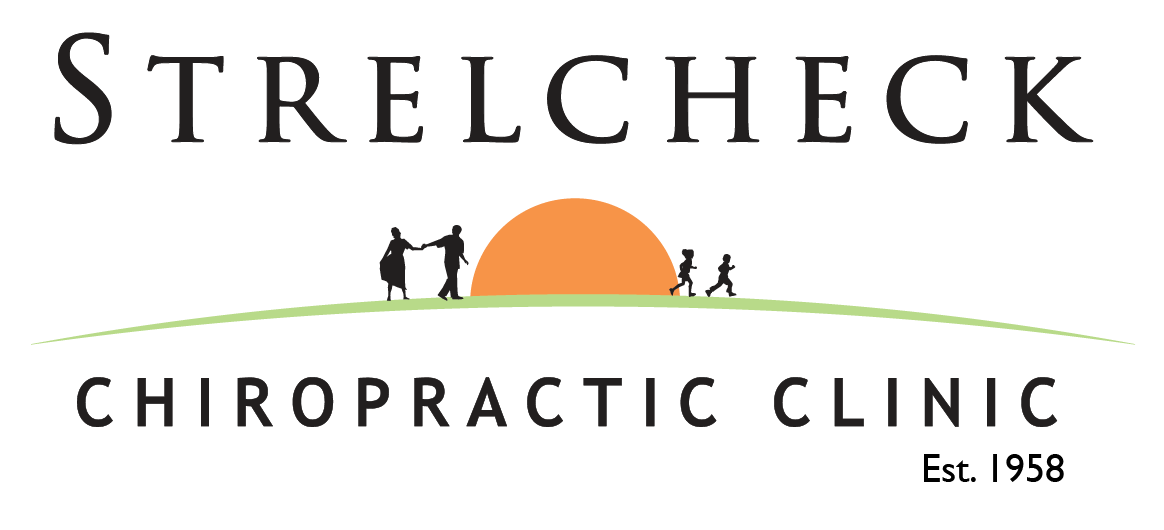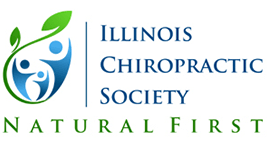
Lifelong Habits You Should Start Now
No matter how old you are, if you hope to be energetic and healthy later in life, you need to commit to some anti-aging habits now. Health conditions that coincide with age — such as joint pain, stiffness, immobility, gastrointestinal issues, weight gain, energy and memory loss — can be anticipated and bypassed, sometimes literally, with consistent preventive care. While research supports these theories, the most profound endorsement about the effect that wellness has on aging is a real-life scenario. Just think about people you know that really takes care of themselves. They’re more energetic, resilient and upbeat — naturally. Joe and I met when his wife became my patient. She, like many modern-thinking moms-to-be, was getting massage and chiropractic adjustments to help offset the discomforts of pregnancy. Joe and I started talking about the upcoming birth of their first child when he mentioned that it caused him to take stock of his life and health. Suddenly, he was concerned about what his health might be like during the next 10 to 15 years and beyond. That’s a normal, human response and a realistic fear. So, we sat down and I explained the role that chiropractic could have on maintaining his good health, instead of waiting for symptoms associated with age to occur. I also urged him to commit to a few, but important, lifelong habits and to consider them his “prescription” for long-term health. Chiropractic Care And Long-Term Health Chiropractic care focuses on the detection and correction of misalignments of the spine and its related structures. The bony segments, also known as vertebrae, are stacked on top of each other and make up the spinal column. The nerves, or central nervous system, control the entire body and are located in the center of the spinal column all the way up to the brain. Consider what happens if any segment of the spine is damaged or misaligned from a car crash, diving into a pool or an everyday slip-and- fall accident. The damage limits the signals from the brain to other areas of the body, resulting in impaired function of organs such as the bladder and bowel. Symptoms can include numbness, headaches, ringing in the ears and more. Logically, it can be concluded that a spine that is aligned will enable the central nervous system to function properly and keep the body working at its optimum level. The additional benefits include limber joints, better function of all major systems and organs, adequate range of motion and freedom from pain. Routine chiropractic care is no different than regular cleaning and check ups for your teeth. That said, utilizing chiropractic care to preserve your health is like driving with a seatbelt. It will protect your life, but it does not give you a license to drive recklessly. You’ll still need to eat right, refrain from alcohol and tobacco use and exercise frequently. Not surprisingly, I share the benefits of chiropractic care with nearly everyone I meet. I do so because I have personally enjoyed its benefits and have witnessed its impact on the lives and health of many. It’s truly inspiring to see how the body responds to consistent, basic care, proper nutrition, adequate movement and rest.






